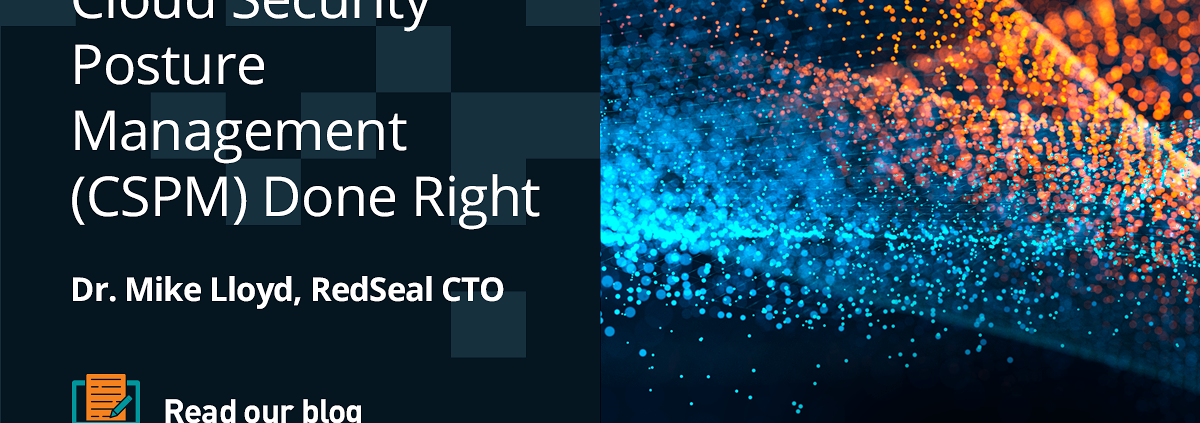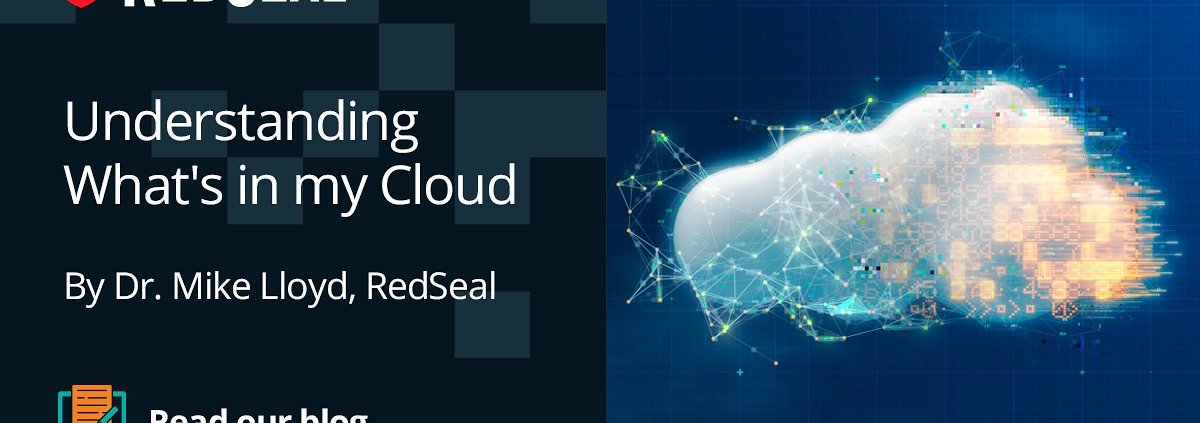Visibility: The key to proper Cloud Security Posture Management
Cloud security has become increasingly complex and distributed. The rapid transition to remote work and increased cloud adoption have changed the IT landscape dramatically, which has produced new vectors for cyber attacks and data breaches. Today’s cyber criminals aren’t necessarily trying to knock down doors. Organizations are actually leaving many of them open themselves. According to Gartner, through 2023, “…at least 99% of cloud security failures will be the customer’s fault.”
This is an unsettling prediction, but not entirely surprising given realities that teams face today. The overwhelming complexity of the cloud systems asks for both expertise in both application development and security, which is perhaps unreasonable. The placement of security controls has moved away from security teams and into application development teams.
CSPM: The industry’s response to cloud complexity
To deal with this complexity and constant change, a new market segment has emerged broadly referred to as Cloud Security Posture Management (CSPM), which is typically used by security organizations that want the equivalent visibility and security that they’ve had with on-premise environments.
Current CSPM technology aims to help security teams understand what resources they have in their cloud environments, what security controls are in place, how it is all really configured–and to automate as much of it as possible. And while it is largely successful in accomplishing these feats, CSPM in its current form isn’t without its limitations. As we’ve learned in the past with our approach to securing on-premise networks, visibility plays a fundamental role.
The importance of visibility
It’s not uncommon for organizations to lose track of their cloud deployments over time, considering it only takes a developer and a department credit card to spin up a cloud environment. Nowadays developers are empowered to innovate at speed and scale but who is actually keeping track of these newly-created multi-cloud VPCs, VNETs, and VCNs? Even more worrisome–who is responsible for securing them?
There are always unknowns when networks grow and change, but we also know that tools that provide visibility can give security teams a more accurate, dynamic and comprehensive look at what resources they have, how they are connected and the risks associated with them.
Unfortunately, many CSPM tools present their findings in static, tabular forms and it can be challenging to get an understanding of the relationships between resources, such as between multiple accounts and whether they’re shared or not. Teams are often being asked to secure unmonitored cloud environments and can benefit from a visual, interactive model of their organization’s cloud resources.
This visibility allows security teams to gain full awareness of their cloud footprint and reduce their overall attack surface by understanding the interconnectivity between their resources. Some CSPM tools can show connectivity where there is traffic, but security teams want to calculate how an instance gets to the Internet, what security points it goes through, and through which port and protocols.
Understanding end-to-end access
Current CSPM solutions remain insufficient when it comes to accurately calculating access that can lead to data breaches. Many tools simply call into the APIs of CSPs looking for misconfigurations at the compute and container levels but they don’t fully understand “end-to-end” access. For example, they may only look at a setting in AWS that states a particular subnet is “public” so therefore it’s exposed. That’s not necessarily true because there may have other security controls in place, such as 3rd party firewalls or their own Kubernetes security policy.
For example, perhaps a network security engineer who doesn’t understand native AWS and Azure firewalls instead decides to use a 3rd party firewall from a vendor they’re already familiar with. If that firewall is blocking access to the public-facing Internet, current CSPM tools won’t recognize it, and security engineers can spend their days chasing false positives simply due to a lack of accurate information involving access.
Prioritizing exposed resources
With increased cloud complexity comes increased risk–there were over 200 reported breaches in the past 2 years due to misconfigured cloud deployments. Several of the largest data breaches occurred when cloud misconfigurations left critical resources exposed to untrusted networks, so prioritization efforts should begin there. Unintended access and Shadow IT can also lead to cloud leaks, and so by establishing an “exposure first” security approach, cloud security teams can identify key vulnerabilities and prevent costly breaches.
CSPM is a key ally in the fight to secure the cloud, but security teams need additional visibility and improved accuracy that is still lacking in many
For more information on RedSeal’s CSPM solution, RedSeal Stratus, check out our website. Or sign up for the Pilot program.




